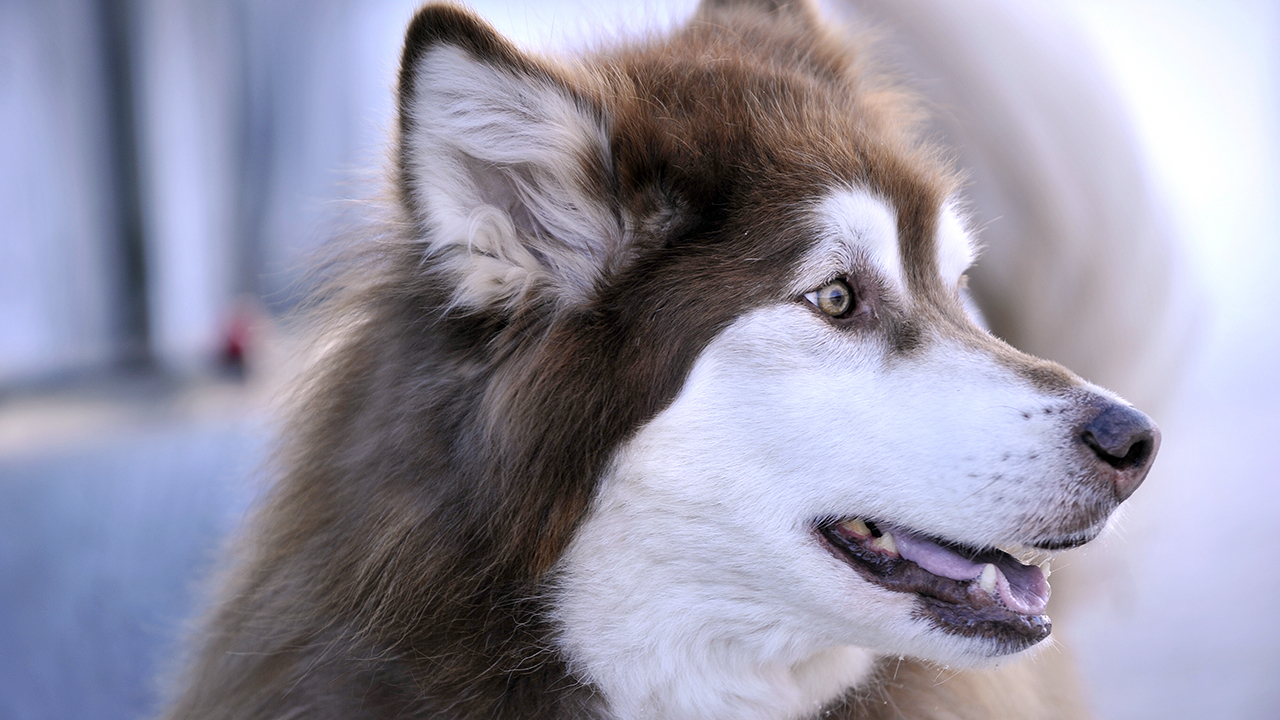An international team of scientists with the participation of specialists from Russia has discovered a common ancestor of all modern sled dogs, who lived more than 9.5 thousand years ago. It turned out to be an ancient Siberian dog. This was reported in the journal Science.
To find out the origin of the sled breeds, researchers led by the main author of the work, Mikkel-Holder Sinding from the University of Copenhagen sequenced the genomes of ten modern Greenland sled dogs, an ancient Siberian sled dog 9.5 thousand years old and a Pleistocene Siberian wolf, who lived about 33 thousand years ago .
They compared the data obtained with many other decrypted genomes of dog breeds. As a result, it turned out that the common ancestors of all modern sledding breeds, such as the Greenland dogs, Alaskan Malamute and Husky, lived in the Arctic at least 9.5 thousand years ago. Scientists believe that their appearance was largely facilitated by the complete end of the last ice age about 10 thousand years ago.
At the same time, research showed that the population of Greenland dogs turned out to be the most isolated group compared to other Arctic counterparts, and therefore scientists were able to quickly establish the direct ancestor of this and other modern sledding breeds - the ancient Siberian dog.
- Alaskan Malamute
- © Joseph PREZIOSO / AFP
Researchers also noted the crucial contribution of sled dogs to the evolution and survival of all of humanity in prehistoric times. Archaeological finds from Eastern Siberia suggest that the use of dogs adapted to harsh polar conditions was probably an integral part of human life in the Arctic for at least 15 thousand years. As in our days, Arctic dogs at the end of the ice age were used by people to pull sledges, facilitate long trips and transport valuable resources.
“The results of our study showed that the improvement of the sleigh ride with a team along with the use of these dogs contributed to the survival of the person,” concluded Mikkel-Holder Sinding and his colleagues.

